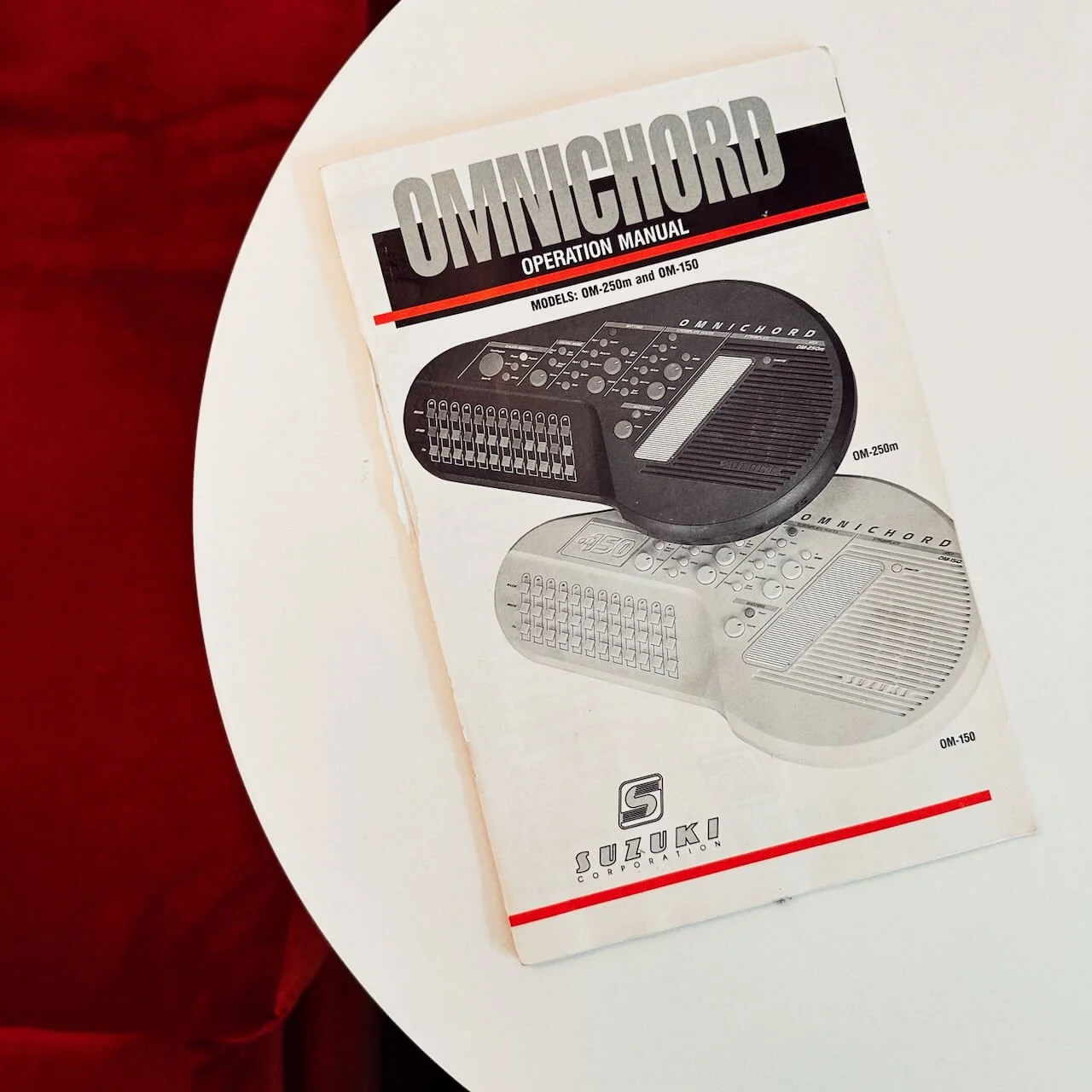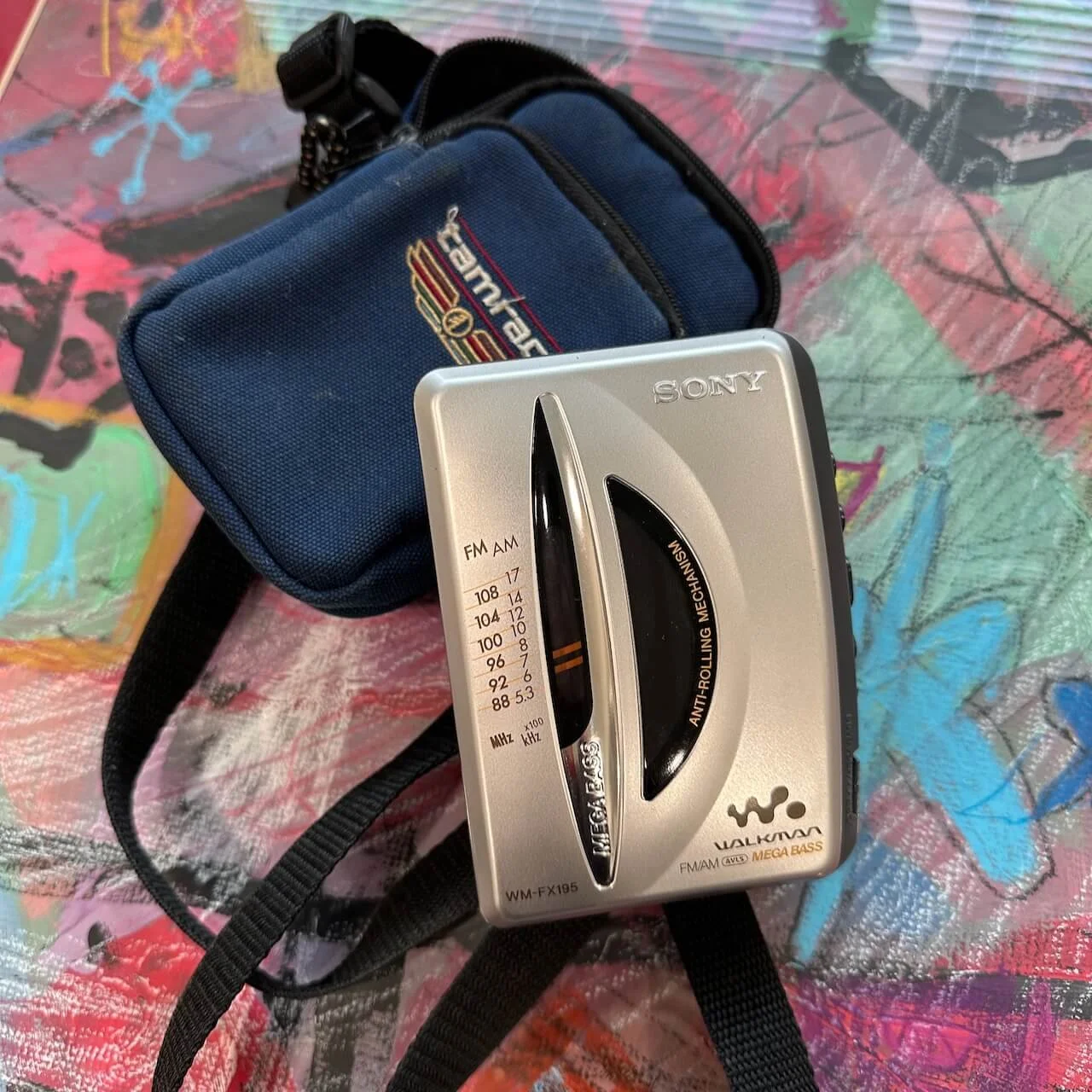Cassette
Image by Bruno from Pixabay
We used to look down on Cassettes. Ten years on, they seemed to lose their high-end frequencies as the iron oxide coating sloughed off the plastic strip. But in the end, we were in for a surprise.
Just TRY to get back to that song you stored on a floppy disc back in 1992, that thing you recorded in Cubase or StudioVision. Back then, if you were an audio engineer, I bet you logged all the mix data like a Benedictine scribe.
Now, here we are in the twenty-first century.
Just TRY to get back to 1992. All the little connectors have changed. Our computers lack disc drives. Not to mention CD drives. The new stuff has no holes or portals or whatever you want to call them to plug the old software in. Your 1992 MIDI file can no longer be read by the current OS.
So, guess who wins?
The Cassette.
The lowly maligned Cassette.
I take back every bad thing I ever said about them.
Compared to all those digital signals you can no longer decode, these plastic rectangles sound wonderfully ANALOG…they bear the whiff of TIME TRAVEL.
A friend of ours, a big Viking named Kevin, turned us onto a documentary called…wait for it…CASSETTE. It was made in 2017. Here it is on YouTube. The main character is an engineer in Denmark named Lou Ottens. In the film, he’s 82 years old. He led the team at Philips that invented the cassette.
The basic idea was that reel-to-reel tapes had to be thicker because they were always being manipulated by human hands. If the tape didn’t have to be handled, it could be smaller and thinner. Dr. Ottens was humble about his own contributions. He led the team. Other people handled the engineering and the aesthetics.
We recommend this film, especially if you were present at the creation. The Cassette changed everything! It was a miracle. You could carry it around.
The Philips team was aware of the fact that Sony was developing the Walkman. At some point, Lou Ottens flew to Japan and met with Sony executives. “We have to agree on a standard format,” he said. “Or else there will be chaos.”
Sony agreed.
The Cassette and the Walkman entered our 20th Century lives at roughly the same time and changed the world in so many ways.
For starters, you could tape other people’s records!
It was the birth of the mixtape.
In 1970’s money, good-quality cassettes were expensive, but you could get cheap ones three-for-a-buck…(Ha! Like Top Ramen!!!) So that’s what we mostly recorded on back in the day.
It’s hard to imagine now, in this era of instant free access to the musical universe, but albums were these precious objects. They cost anywhere from seven to twelve bucks (in 70’s money,) and often, one bought them unheard!
So, if you had a friend with some vintage Coltrane or Smokey Robinson and the Miracles, you sprang for a nice new cassette and raided your friend’s collection. Often, we would draw our own cassette covers! It’s hard to convey how absolutely groovy this was.
And once you taped it, the music was PORTABLE! It’s not like you can walk down the street listening to a stack of LPs.
I was just a junior birdman back in 1975, when I got the bright idea to record a backing track on one cassette deck, then play it back and play along onto a second cassette.
Woo, magic!
I’m not the first guy to do this, for sure. (Reinventing the wheel has always been my modus operandi.) Anyway, every time you go up a generation, the pitch goes up slightly, and you get another bucketful of tape hiss. Each generation of fuzzy background vocals gets higher and higher.
Think Alvin and the Chipmunks in a snowstorm.
One morning, Valerie came downstairs looking slightly irate.
“Who are those girls you brought in to sing on that tape?”
I shrugged.
“It’s just me and the Chipmunks.”
That’s all we had back in the late ’70s.
It took a year to write a song sometimes. There was no way to make it hang together in your head, to make it stand up and walk around by itself. (I’m talking about funk songs here.) Drum machines were in their infancy. We made fun of the Roland 808 back then. It was later to become an essential element of Hip-hop. And anyway, who could afford one?
That’s when I discovered the OMNICHORD.
Valerie’s mom, Janet Day, was a celebrated opera singer in the ’50s and ’60s. By the time NU SHOOZ was up and running, she was into Christian music. One day, she came home with this thing called a Omnichord. It looked like a cross between Mabel Carter’s zither and a white Fender guitar pick. It was completely electronic and worked like a zither, I.e., one hand fingering preset chords and the other hand ‘strumming.’
To my delight, it also came with a drum machine!
Close your eyes and imagine the drum beats in those old Home Organs: Swing 1 & 2, Bossa Nova 1& 2, and most important, Rock 1& 2. I recorded these beats at a bunch of different speeds to cassette. At last it was possible to get a little machine help in the songwriting process.
By this time I had a cheap knock-off Walkman, and I spent hours circling the neighborhood writing songs over these tapes.
John’s Walkman and carrying case from the early 80s.
Another gift that came with the advent of the cassette was you could tape your own gigs and listen back to them without having to drag around a heavy reel to reel.
Thank you, Dr. Ottens!
Like I said, good cassettes were expensive in ’70s money, so we would re-use the gig tapes. And I’m guilty of burning a lot of live tapes because I hated my singing. I wish I had some of them now. You think certain eras of your life will last forever. Oh, if we were more like the Grateful Dead and saved every live tape…there would be some amazing stuff there. But maybe those days live much better in memory.
In Portland at that time, R&B records were, to quote Bob Dylan, “as rare as hen’s teeth.” The Classic four-horn NU SHOOZ band of 1980-82 was on fire in the clubs, and I was desperate for material. In addition to the absence of R&B records, Portland had zero R&B radio!
I grew up in San Pedro, California, listening to the Black AM station KGFJ 1230. My mother still lived down there, so whenever I visited her, I would tape the radio. I still have those tapes from 42 years ago. Talk about time travel!
I could go on and on about the impact of the Cassette on our musical lives. Our rehearsal tape deck, named the ‘Wilmalator,’ is immortalized on the 1981 NU SHOOZ t-shirt. Sadly, the machine itself is now just a memory.
The Wilmalator graphic.






